The Newberry Museum Opens its Doors
Learn, Honor, Respect and Hope
Author Rachel Carson once said, “to understand the living present and the promise of the future, it is necessary to remember the past.” She was speaking of the global environment, but the same could be said of any of its subsectors. Nowhere else can anyone appreciate that statement as it pertains to Newberry County, than at the newly opened Newberry Museum.
Located at 1300 Friend Street, the building was erected in 1911 and completed in 1913. Originally a post office, it later became the Newberry Saluda Regional Library at which time a drop ceiling and carpeting were installed, most likely to ensure a quiet space. A hundred years later in 2013, the building was designated as The Newberry Museum. Thanks to the citizens of Newberry County who voted to keep the capital project sales tax, the museum was then chosen as a bonded project, and 2.2 million dollars was allocated for its immediate restoration.
The tile, drop ceiling was stripped away. Under the carpets, terrazzo, marble and original hardwood flooring were unveiled. The original chandelier from the Newberry Opera House was installed in the foyer. A mezzanine just two inches shy of the maximum square footage permitted was constructed thanks to an additional $180,000 raised by citizens of Newberry.
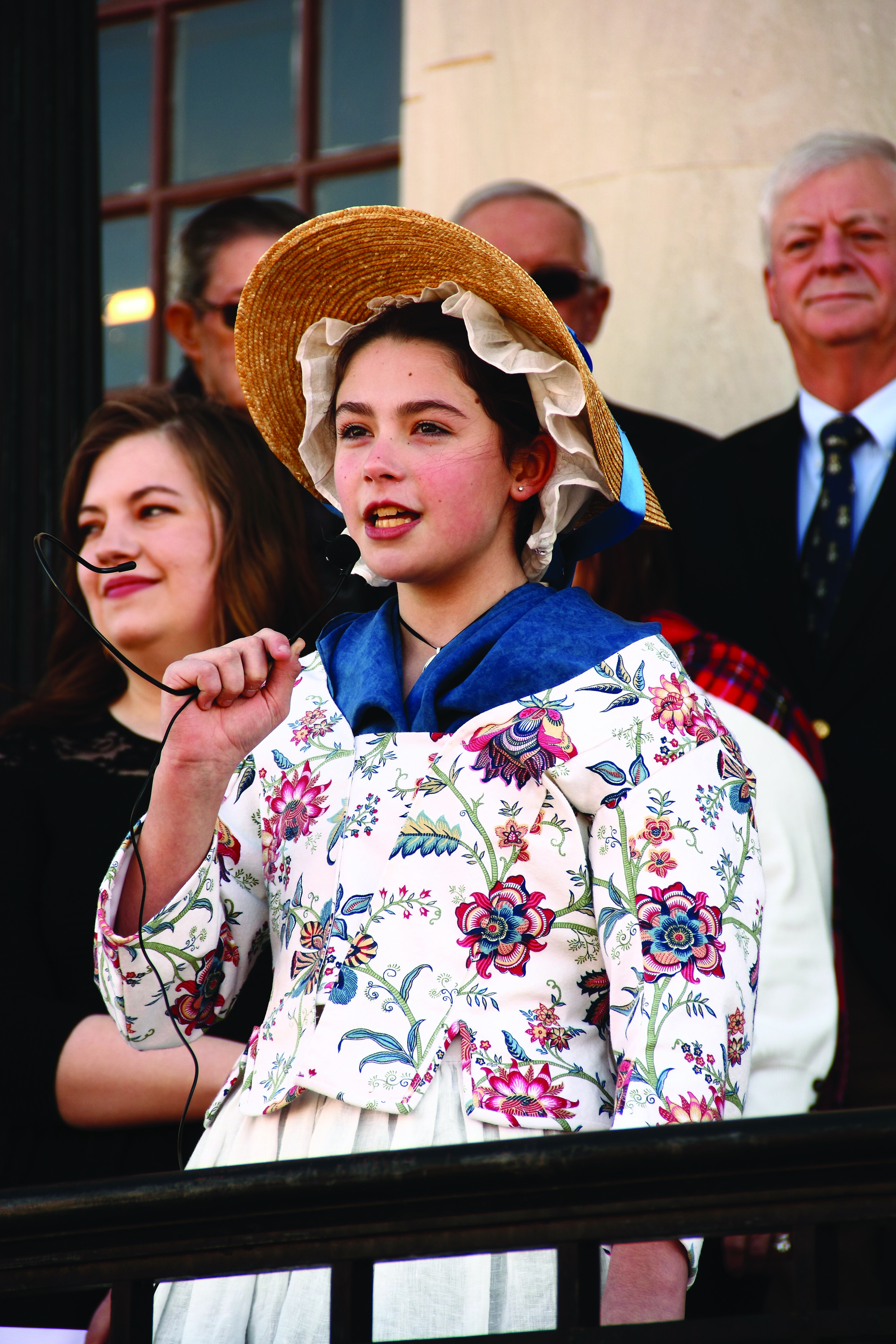
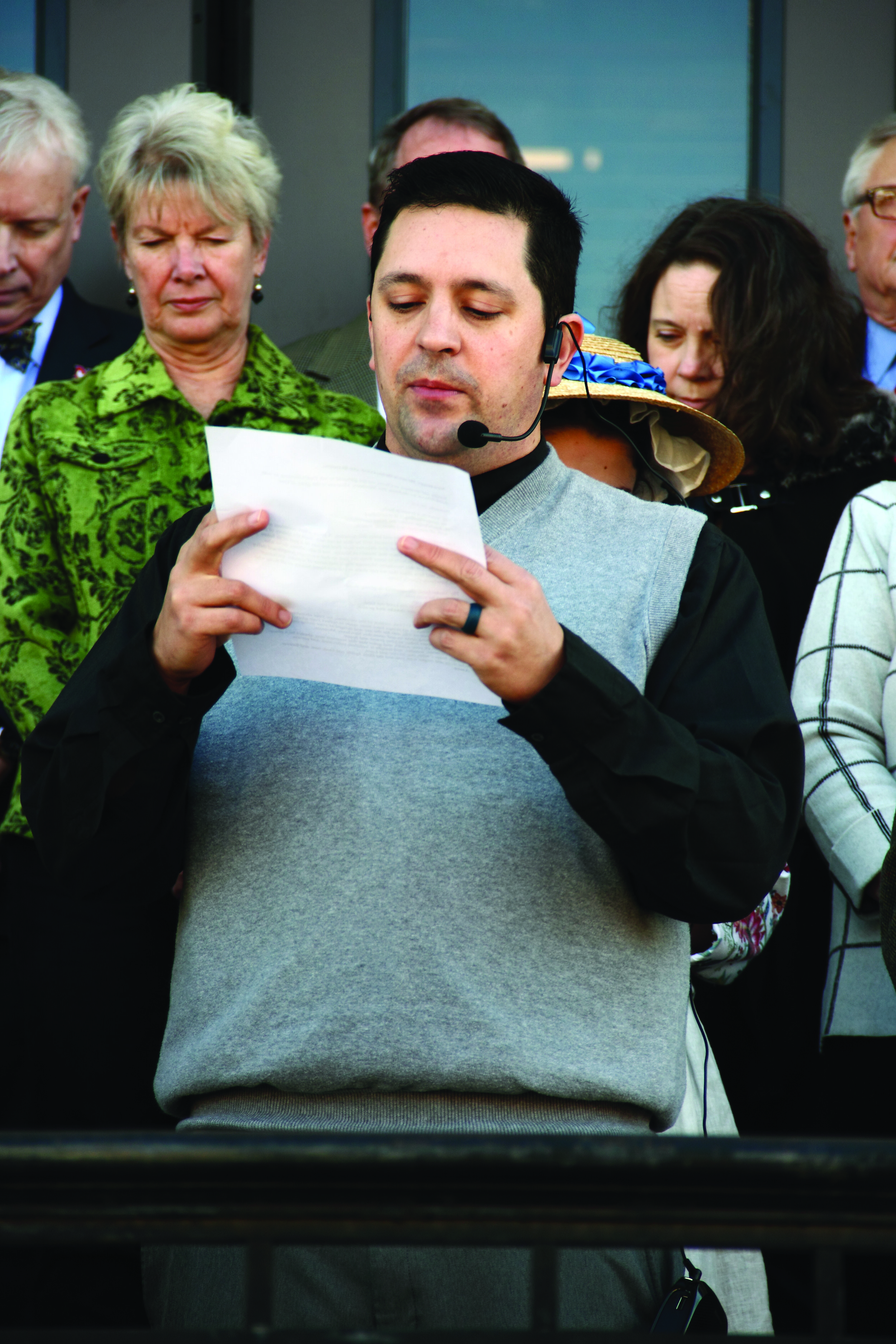
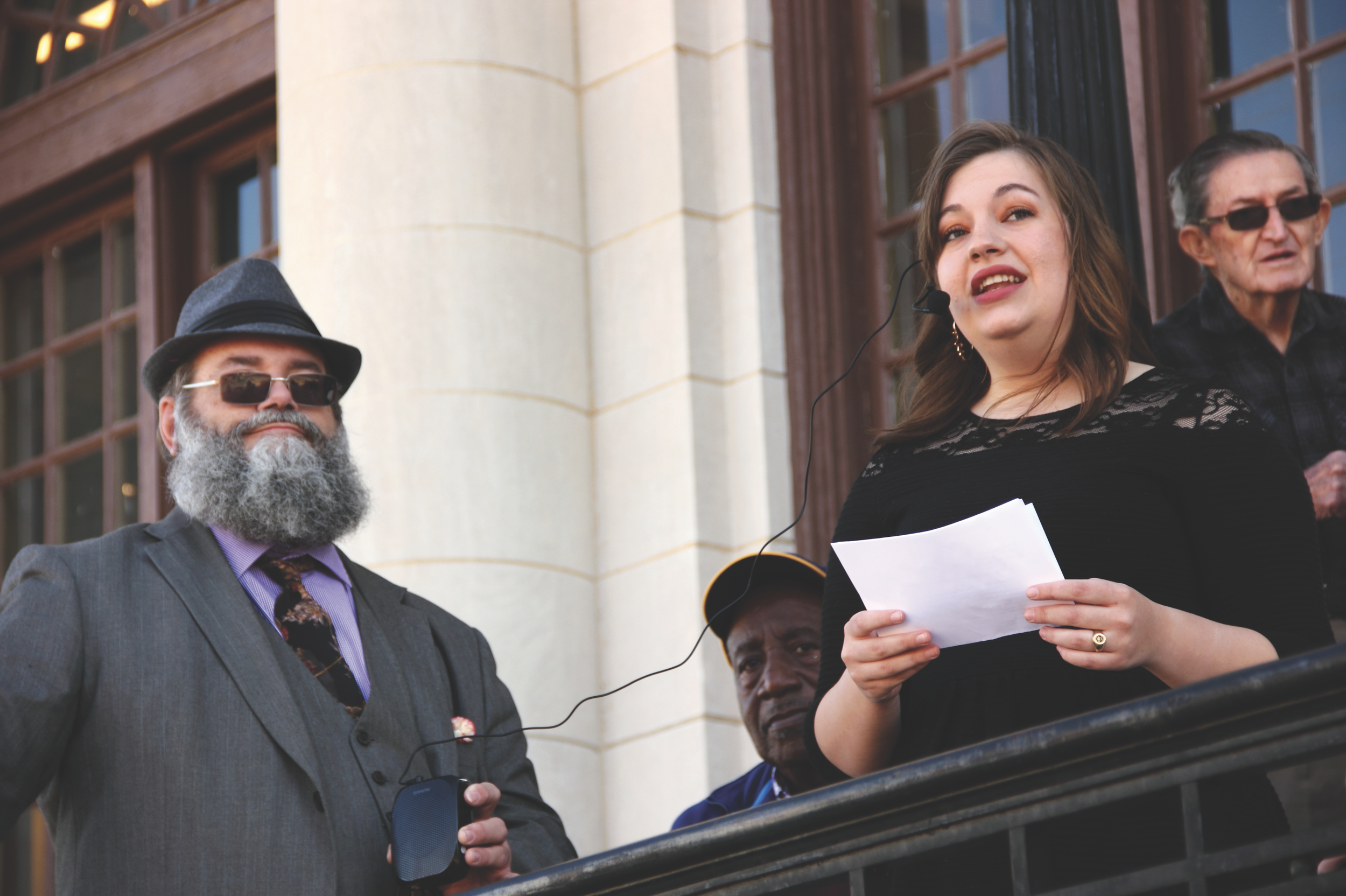
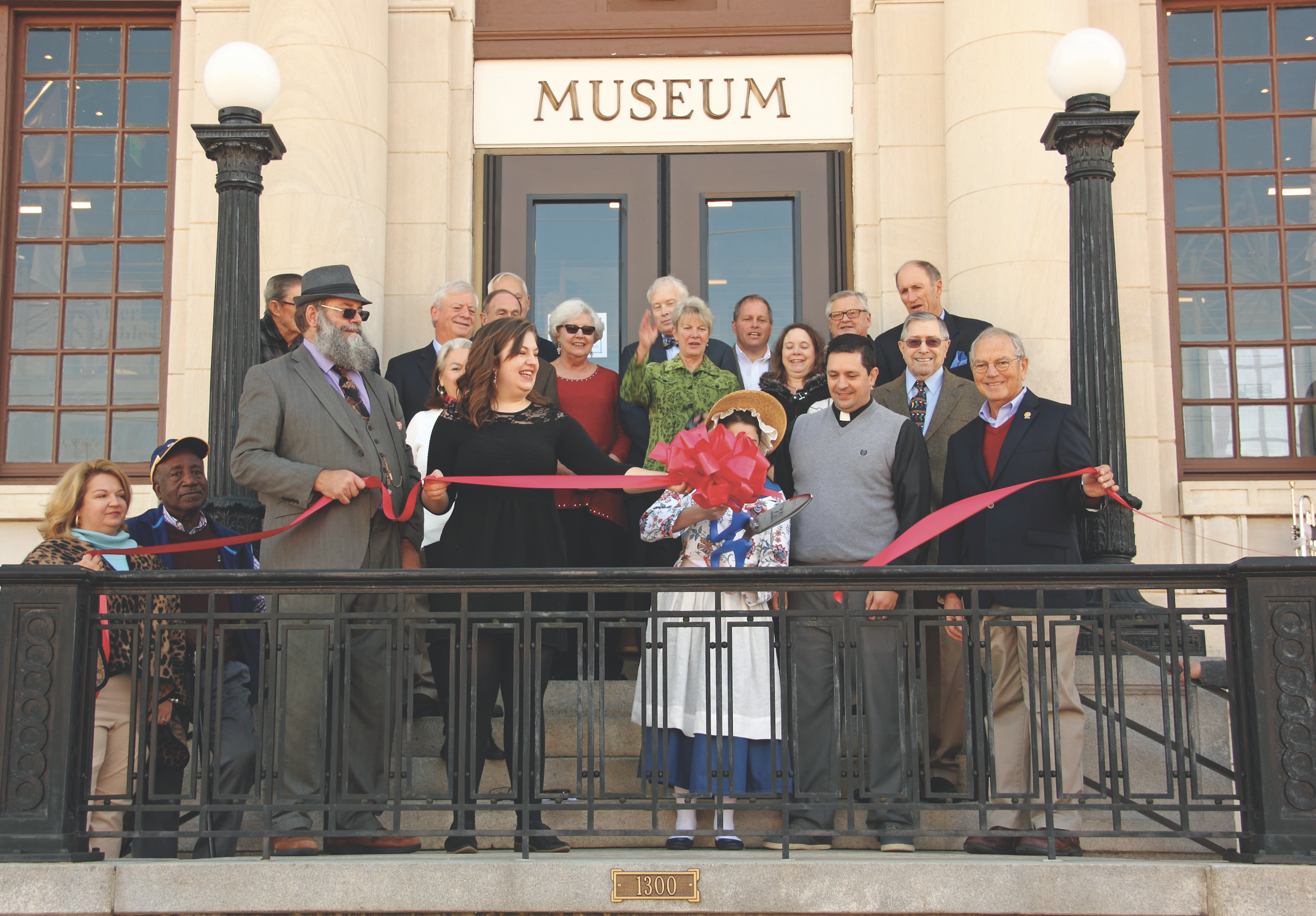
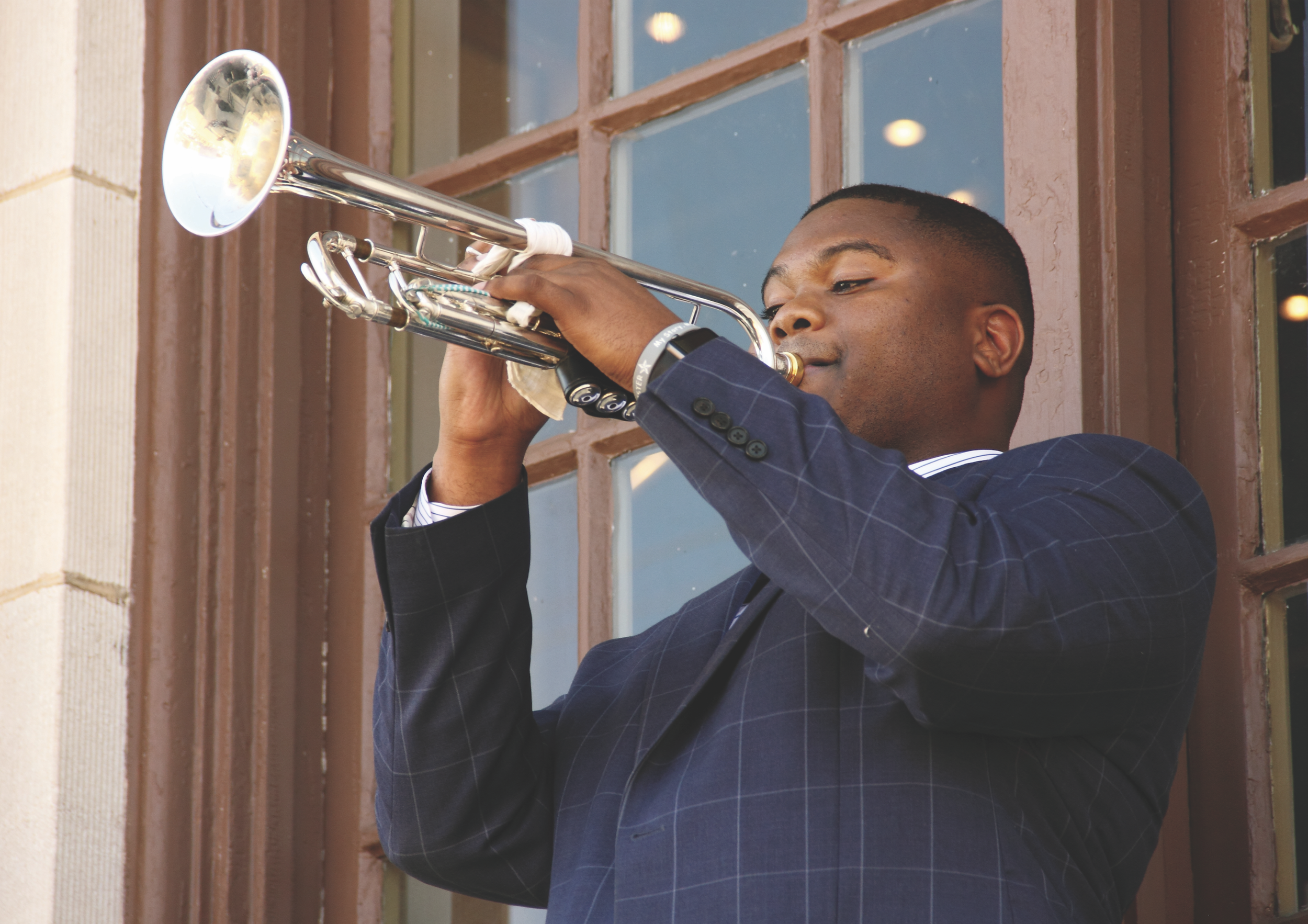
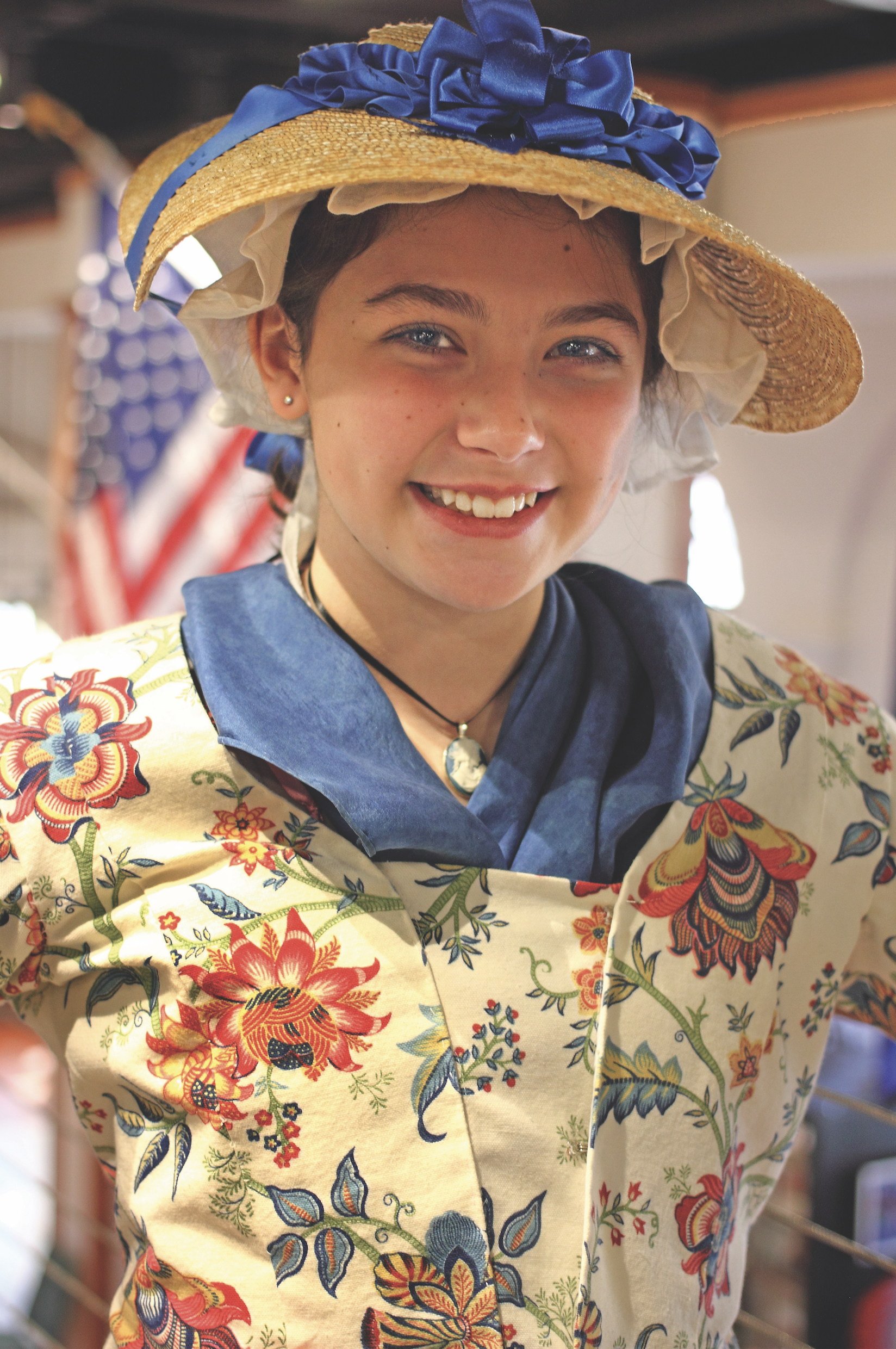
One of the goals of the restoration was to save as much of the original building as possible, thus making the building itself an artifact in Newberry’s history. Mission accomplished. The grand high ceiling, wood floors, and distinct fan-style windows immediately indicate that habitués are in for a literal and figurative walk through history.
But unlike many other museums, this gallery serves to impact the future as well as tell the stories of the past. Each artifact, starting with the building itself, tells the story of Newberry County and the industries of the past and present. The items within pertain to not only what Newberry once had, but also to what it currently offers. It showcases present day businesses and opportunities within the county with the hope of starting conversations among visitors about future possibilities that Newberry might hold for them. The museum is intended to be a launching point from which people go out into the county with the desire to learn more about what they’ve seen. This idea is echoed in its logo: a fan-style window with arrows pointing out beyond its frames. “Go out and see more,” it silently commands.
After years of work, the museum’s ribbon cutting was December 15th of last year. With Sheridan Murray as Executive Director, Ernest Shealy serving as Curator (and logo designer,) and Board Member Denise Reid at the helm, the museums pieces have been organized in cohesive categories, allowing visitors to wander with flow.
One section features items that are representative of, “over a half a century of innovation” with items from Kiswire, Komatsu, Piedmont Tech and more. Of several items displayed, two immediately and convincingly highlight the extent of progress that has been made over the years: the first washing machine to come off of the Newberry Samsung line, complete with the signatures of all of the Samsung employees, and a washing “machine” from the early 1900s, immediately adjacent to it. The juxtaposition is striking.
Other areas include items like a replica of the ever-coveted Bronze Derby; a film projector from the 1930s, a ten foot tall stained glass window from the Lutheran Church of the Redeemer; and many historical treasures from several towns within the county, including a child’s desk from the Hope Rosenwald School in Pomaria. A matching desk is currently on display in the Smithsonian Museum in Washington DC.
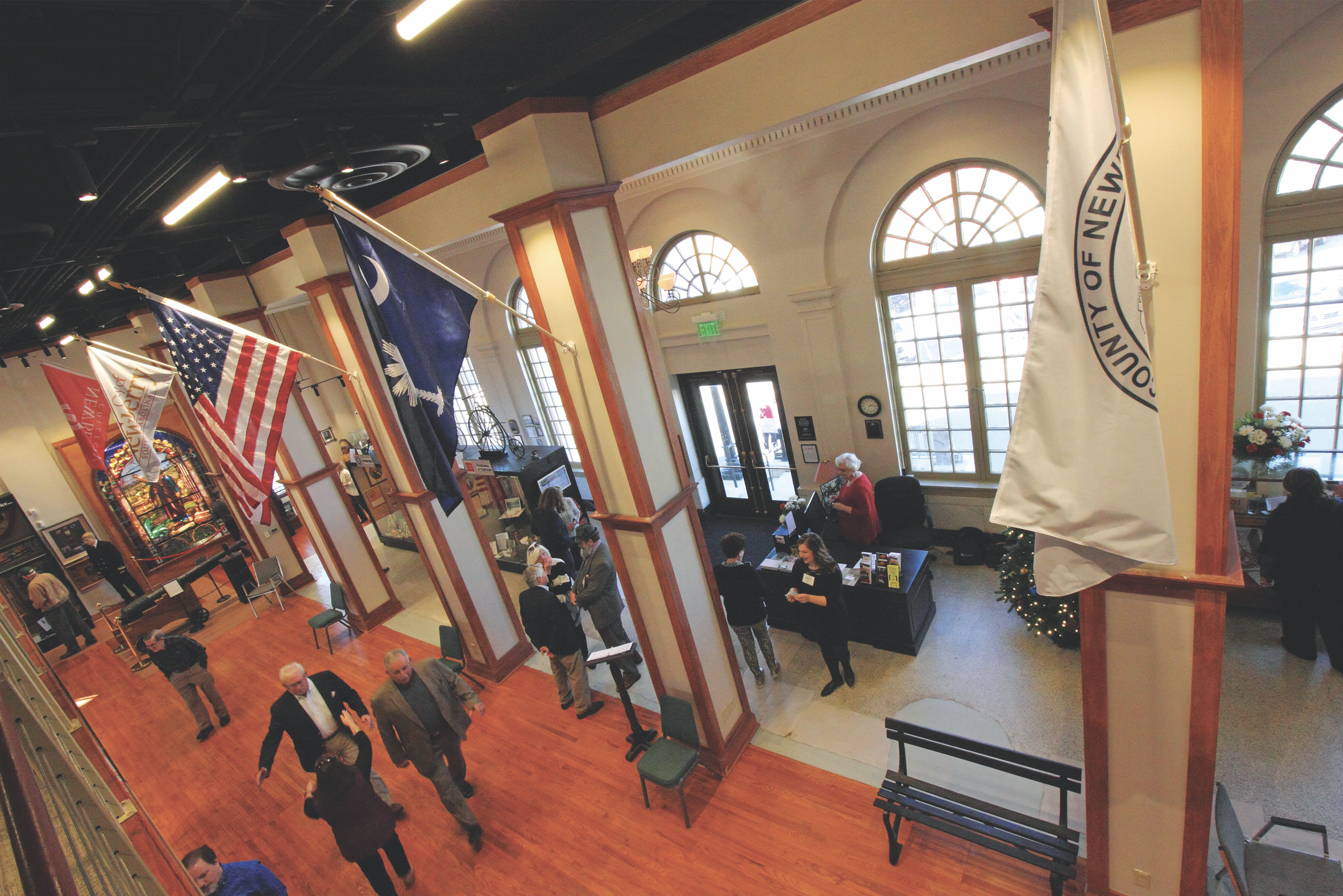

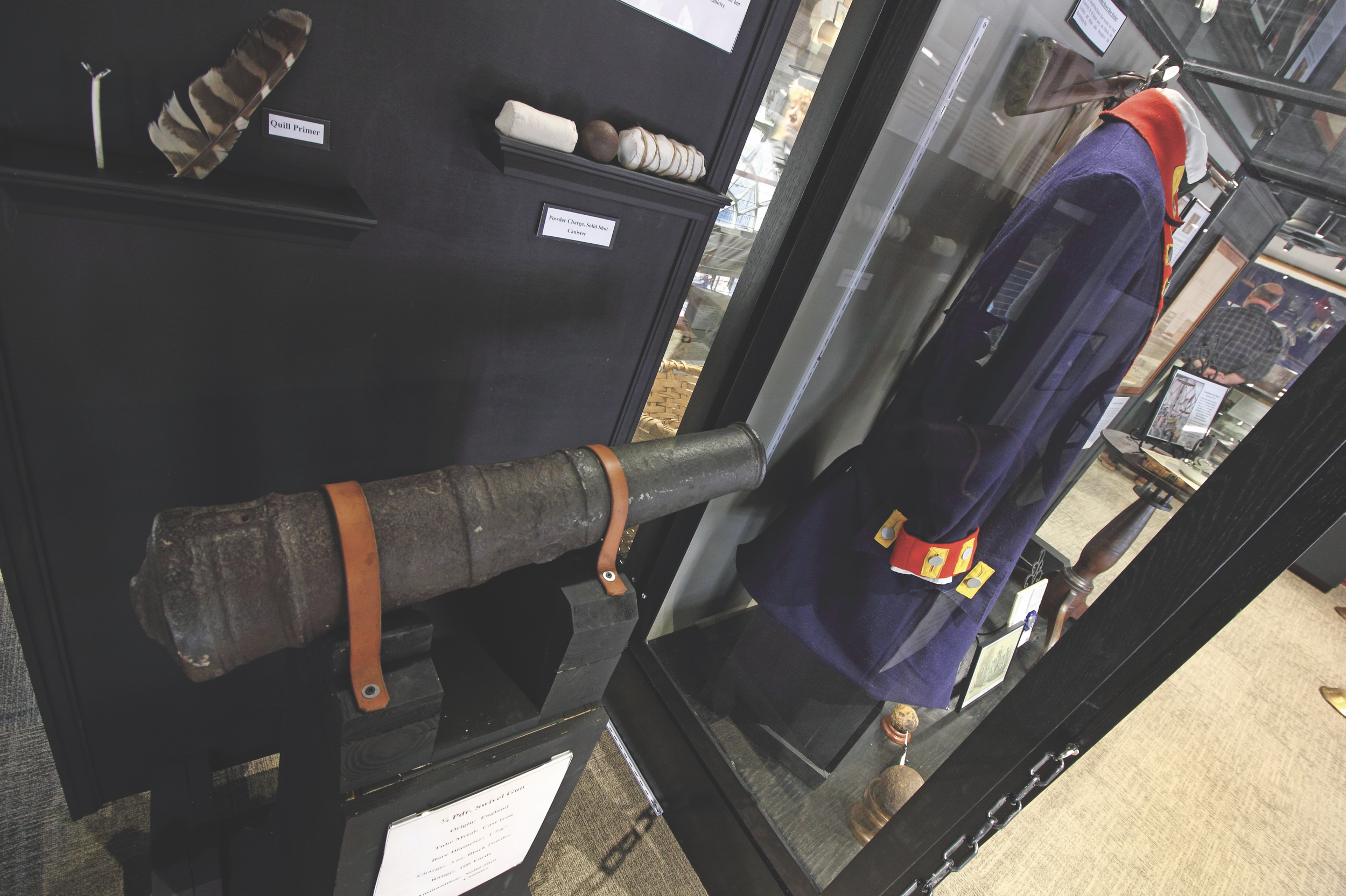
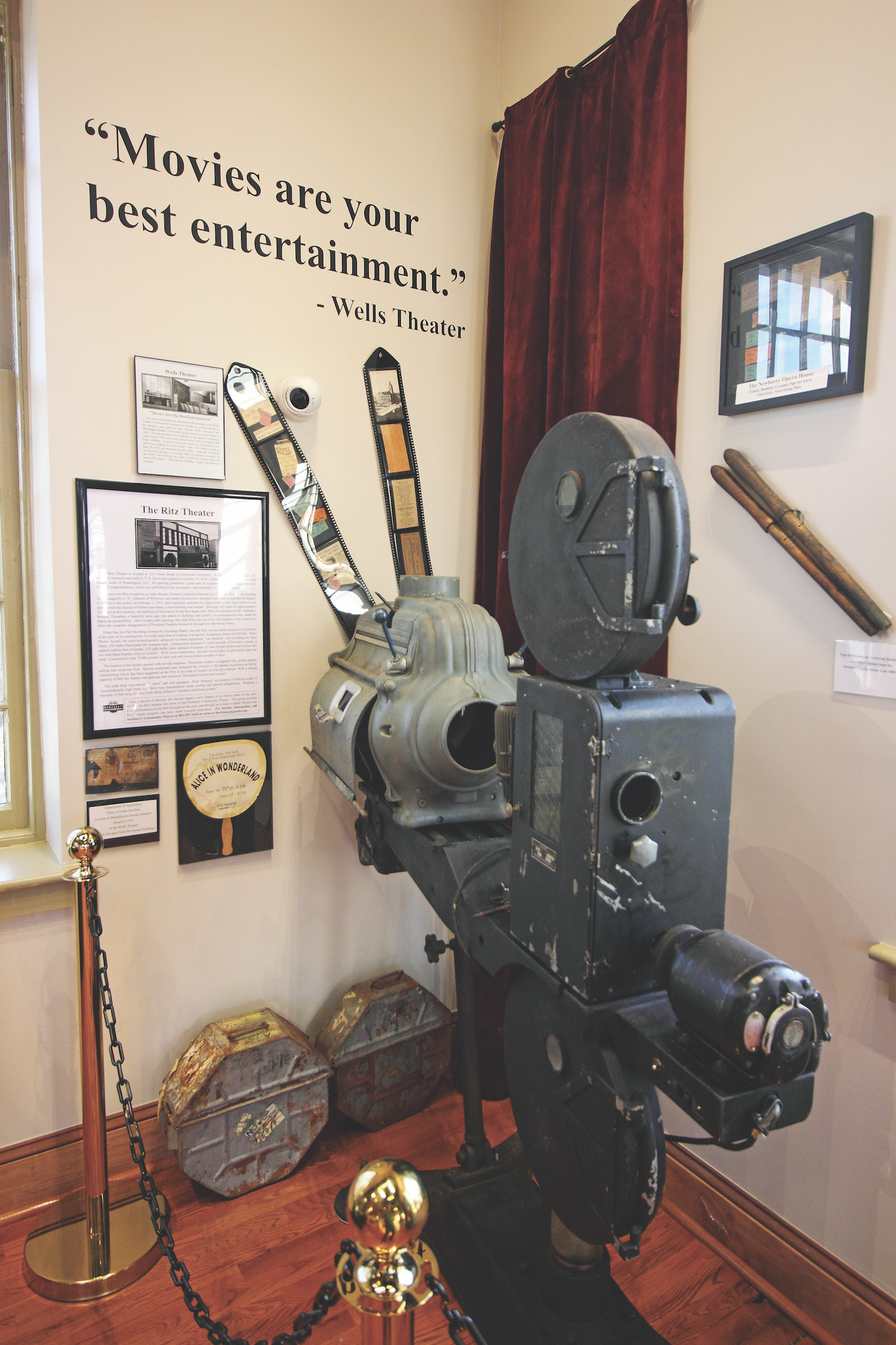
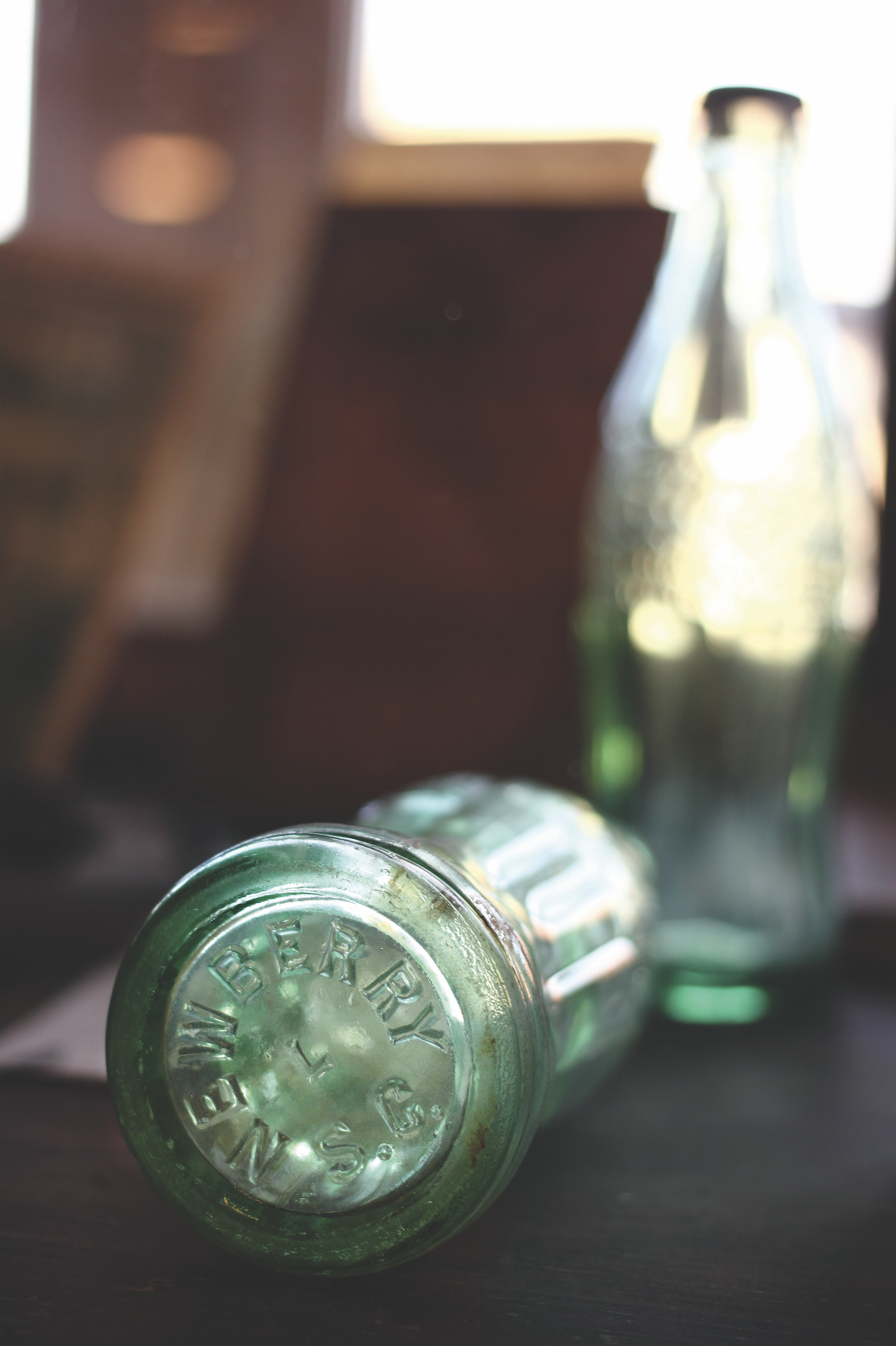
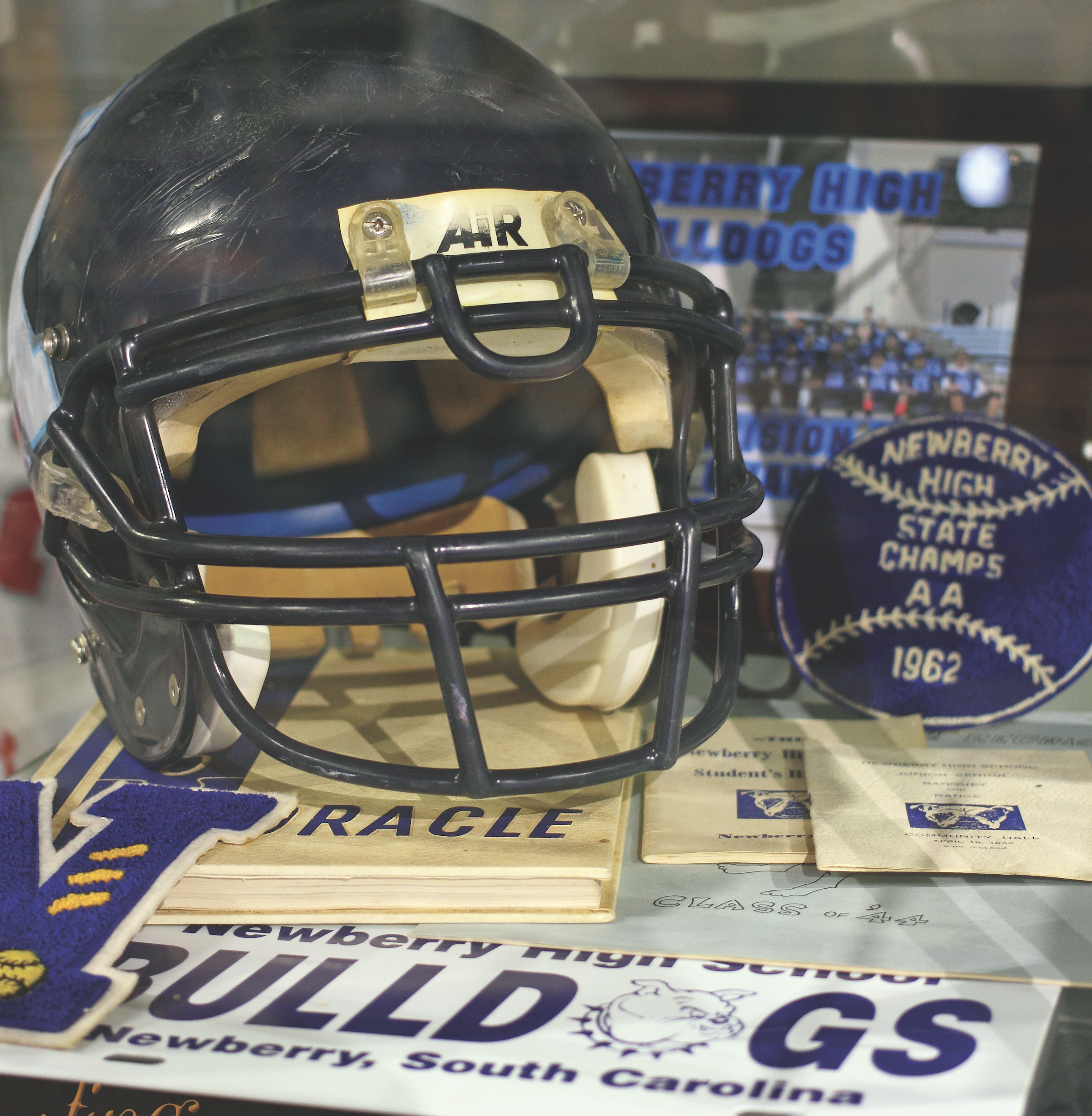
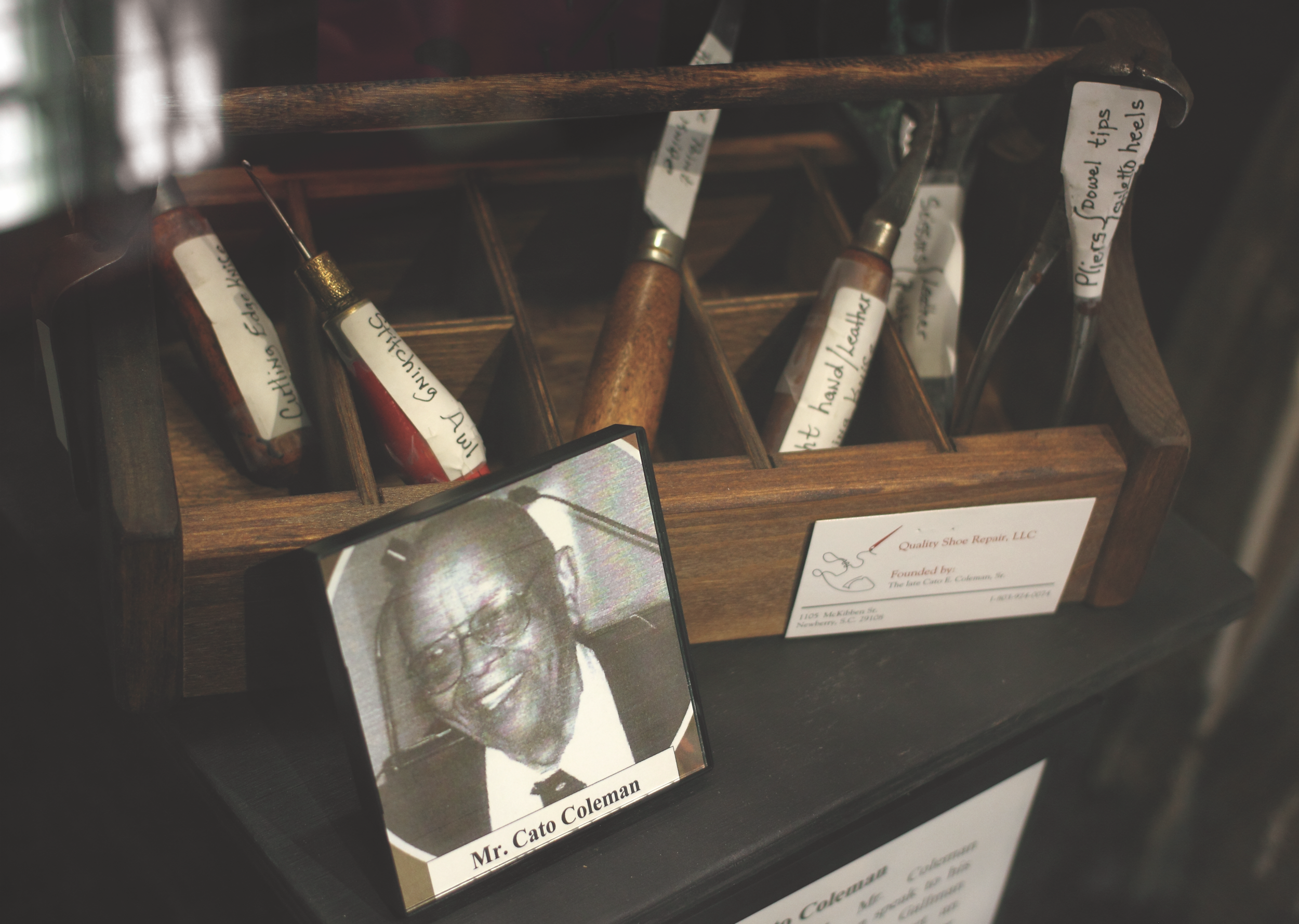

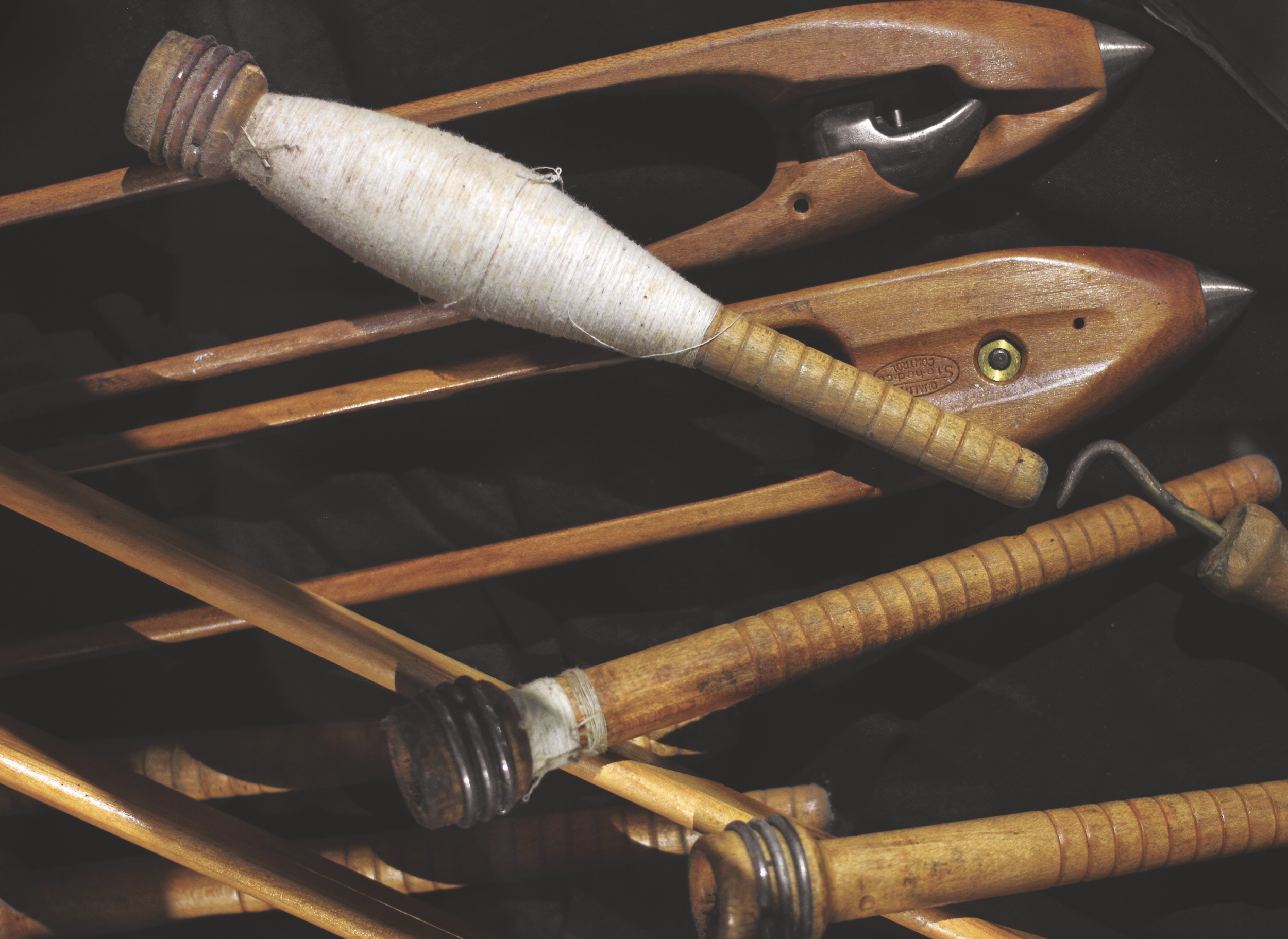
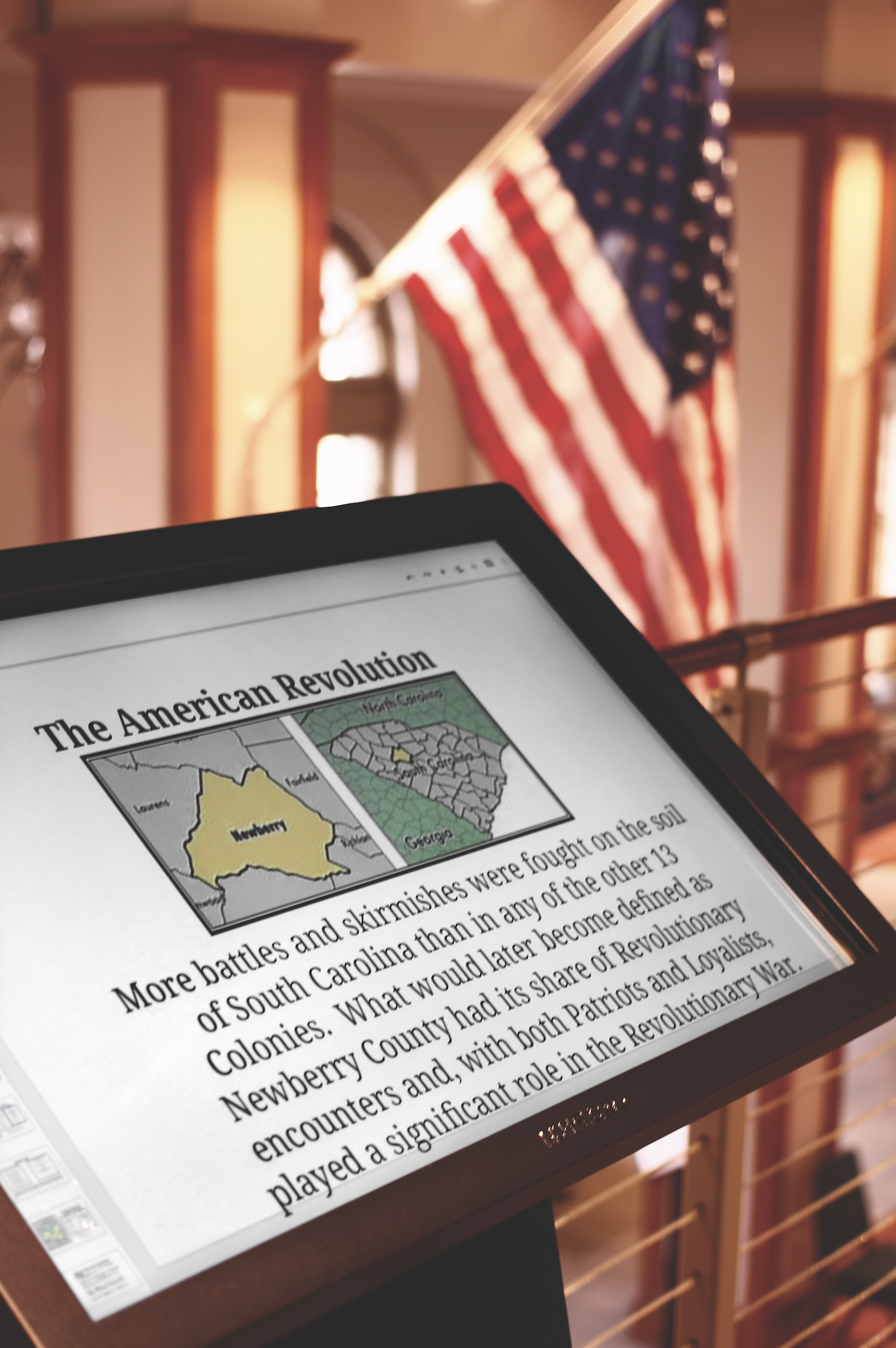

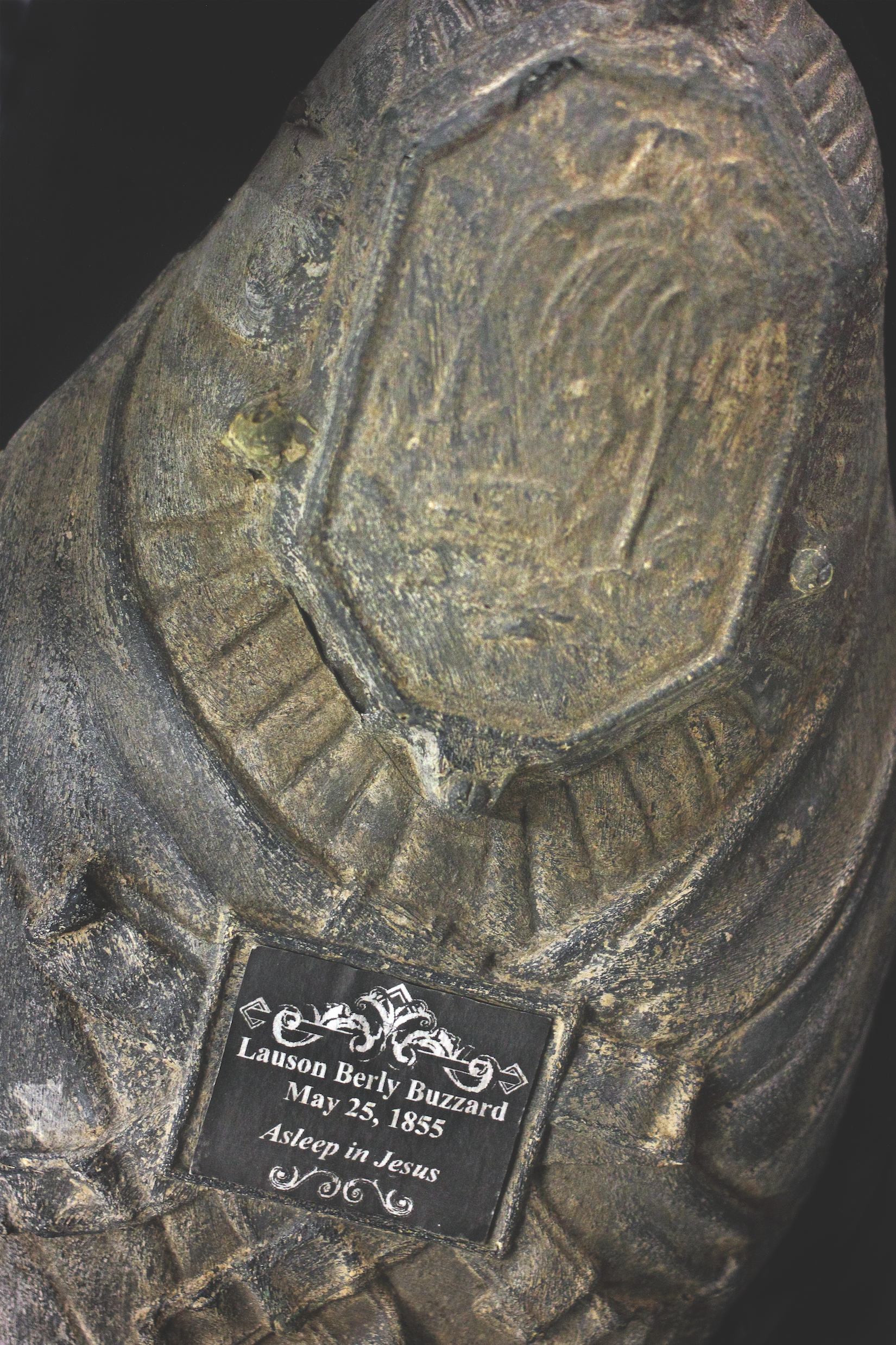

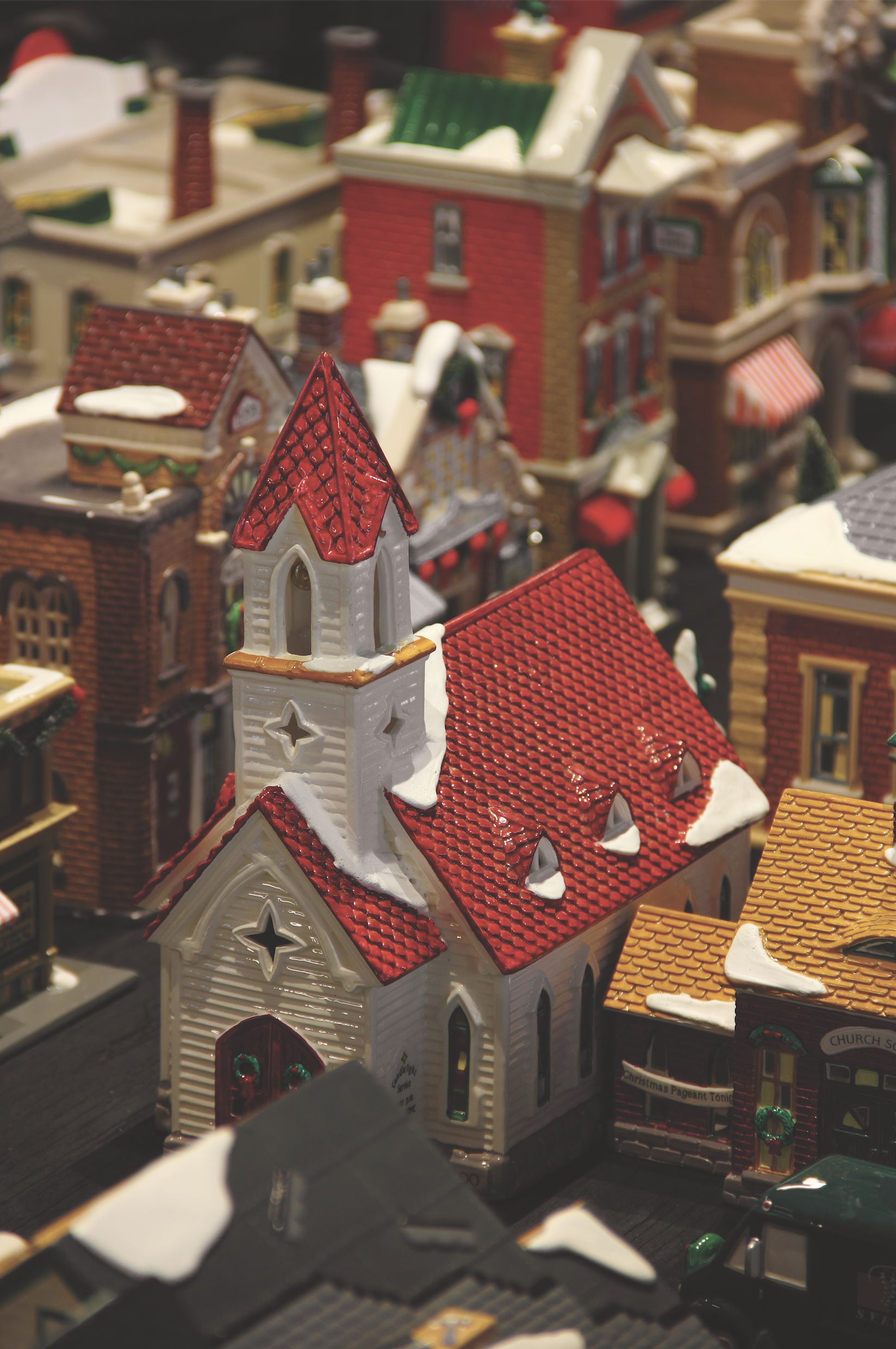
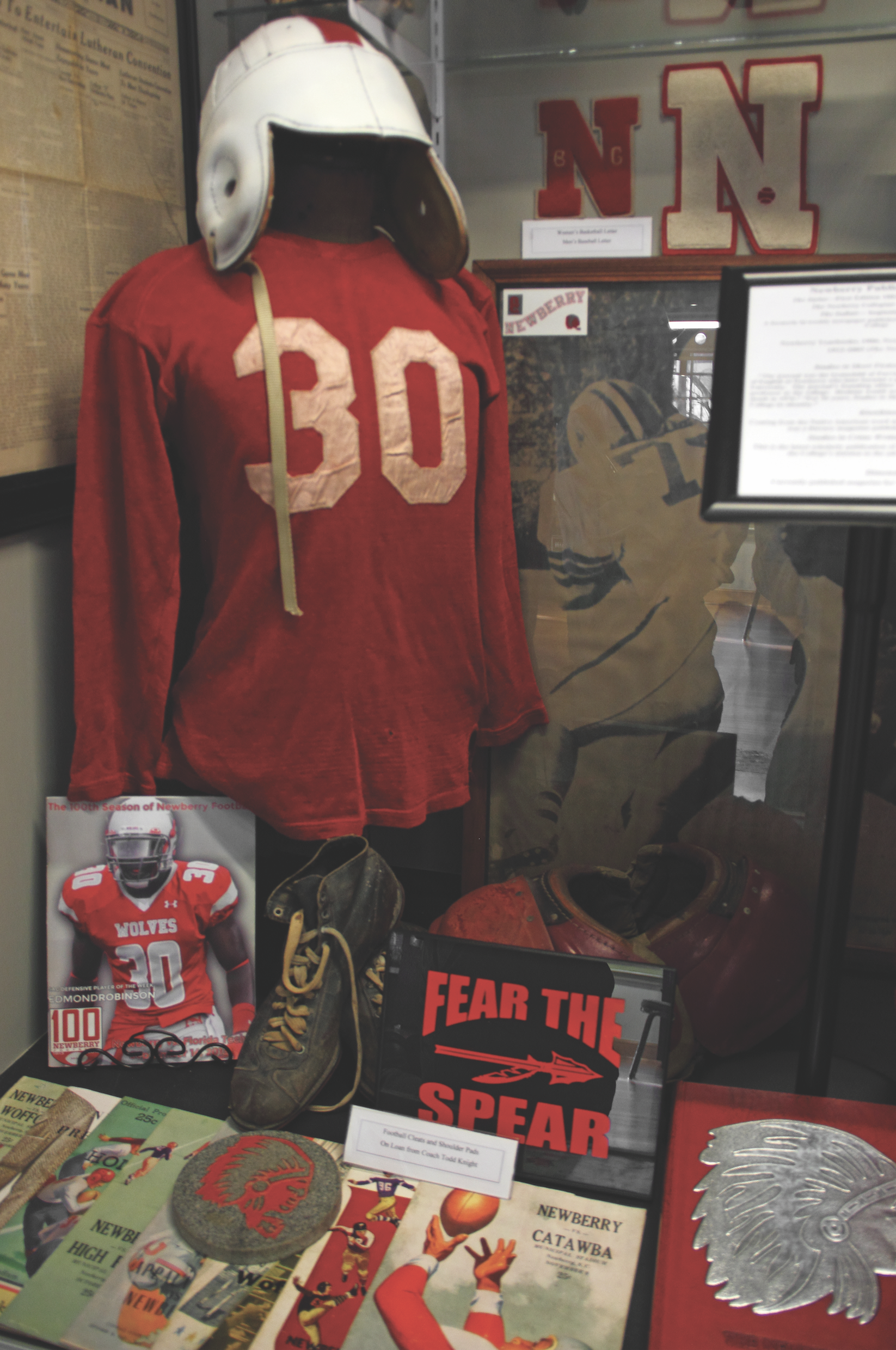
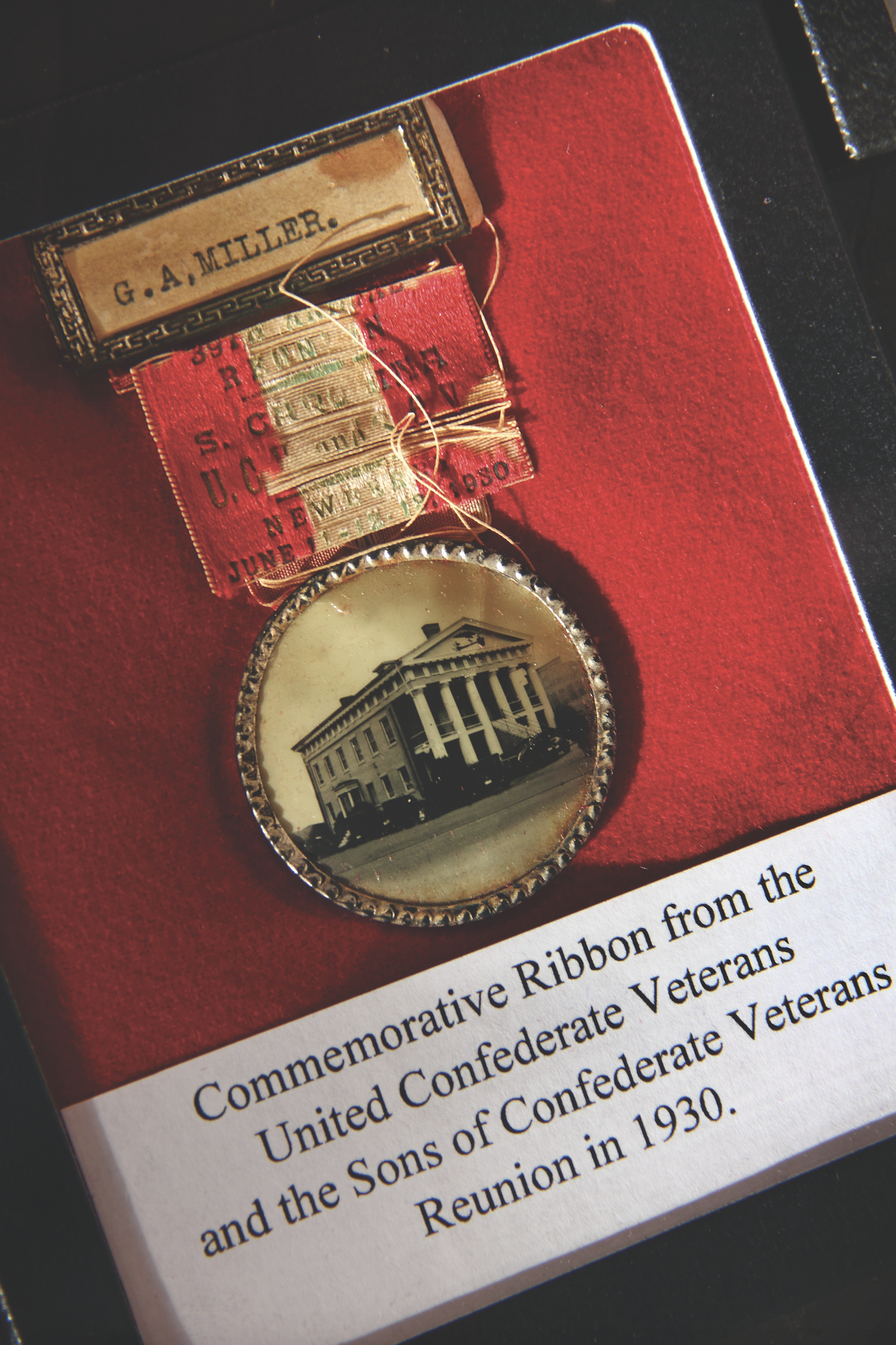
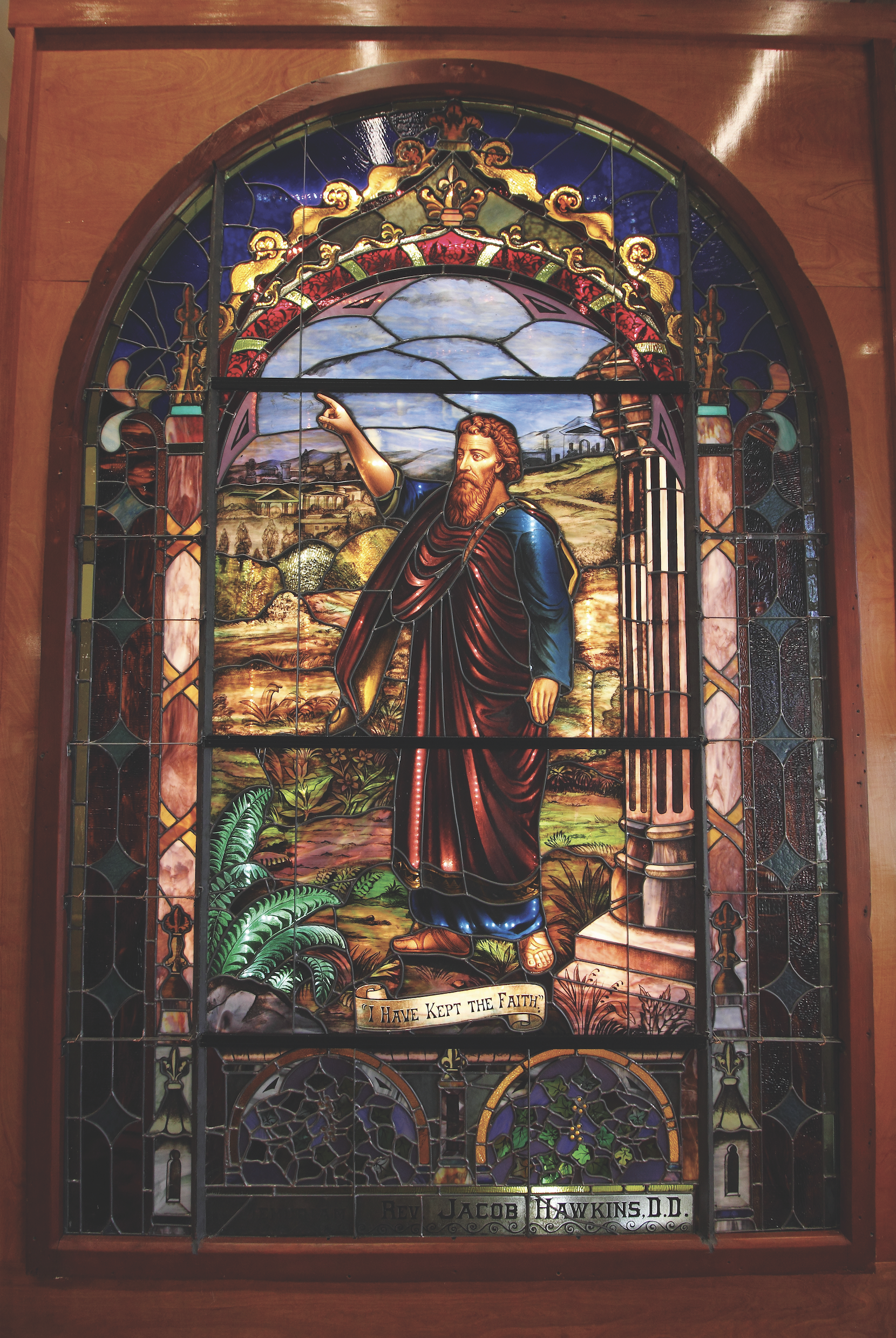
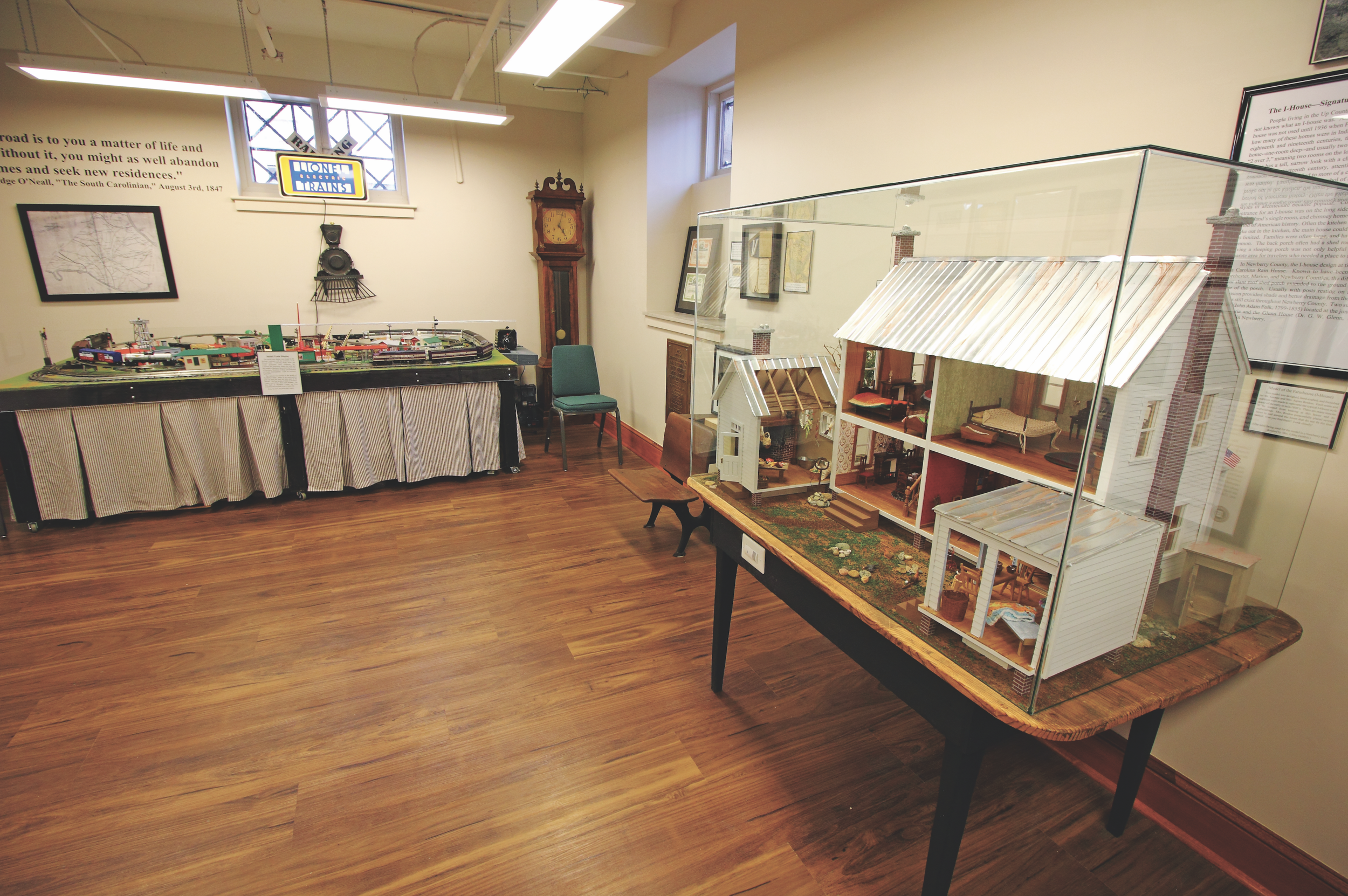

There are early settlers’ trade relics from the 1700s, typewriters, furniture, and stories about several Newberry Mills; clothing and weaponry including a 1750-pound parrott gun and 20-pound parrott shell. An entire section in the mezzanine displays a full room of furniture from the 1800s...
The museum pays recognition and honor to Newberry County’s athletes, entertainers, educators and statesmen. Most sections include interactive electronic displays to play videos about what each item is and how it tells the story of Newberry’s history, although knowledgeable, friendly volunteer docents are ready, willing and able to help as well.
Downstairs, a children’s area displays old telephones, a large model farmhouse and an expansive model train set intended to emphasize the importance of the railroad in the 1800s. A quote from Judge O’Neall, from The South Carolinian in 1847, is painted on the wall, and summarizes the sentiment ominously. “The railroad is to you a matter of life and death. Without it, you might as well abandon your homes and seek new residences.”
Down the hall, one can find a conference room featuring a grand, rectangular table made from the building’s original wood catwalk. Appropriately, walls of antique books line the walls.
The museum encourages donations and loans from the people of Newberry County. However—while we all may have antique keepsakes tucked in our attics that are close to our hearts—when considering whether to exhibit an artifact, the question asked by Curator Ernie Shealy will always be, “does this help tell or contribute to the story of Newberry?” If the answer is yes, it’s likely becomes an exhibit. Having new and evolving or rotating exhibits ensures the gallery is a repeat destination for adults and children alike.
After years and years of planning, preparation, politics and renovations, not to mention centuries of collecting and caring for keepsakes, The Newberry Museum offers not only an examination into the county’s history and a tip of the hat to the present; it promises to pique the minds of visitors and invite them to consider a future as a friend, neighbor and contributor to the community. May all who enter learn from and pay homage to the past; be grateful for the present, and find hope in the future.
Photographs by Ted B. Williams







